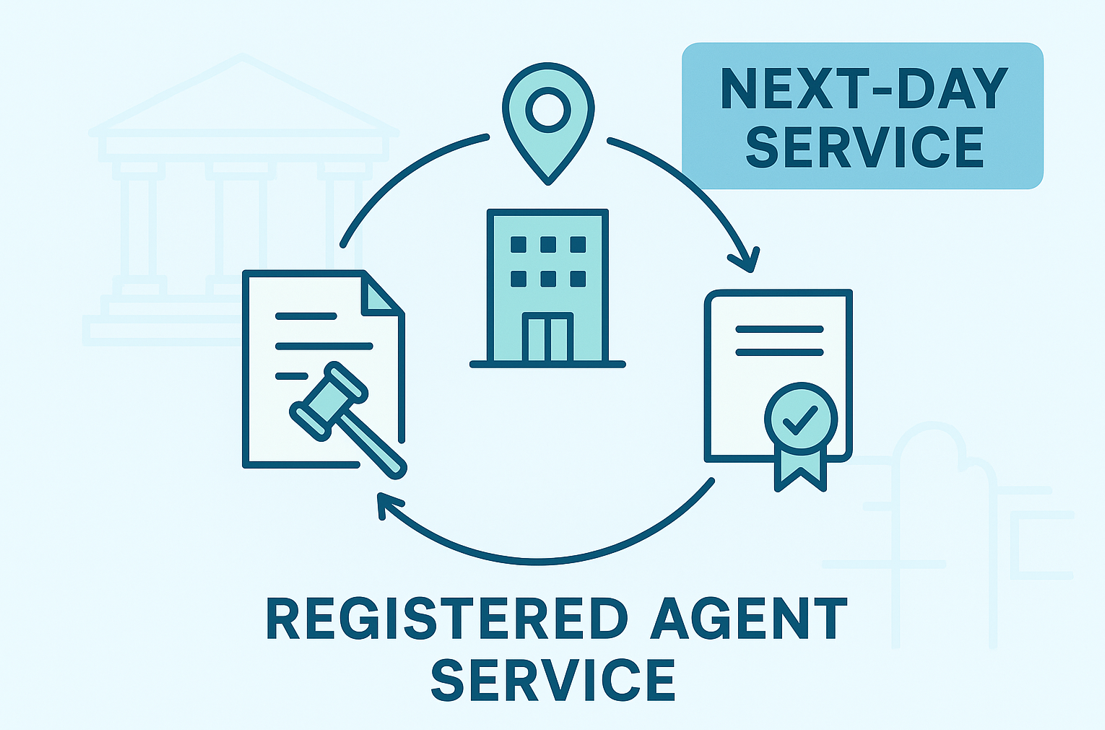Can a lawyer fire a client? Don’t worry; you’re not the first to ask by a long way.
If you practice law long enough, it’s bound to happen to you too; the nightmare client that you simply can’t keep working for.
For me, this client showed up late in my legal career (some might say he was the final straw in my career). It would be very therapeutic for me if I could give you all the details of this particular case but I can’t.
So, suffice it to say, the client presented two very significant problems for me as an attorney:
- (1) He instructed me to lie to the court; and,
- (2) When I refused, he stopped paying me and started harassing me.
At the time, I was a solo practitioner handling a complex litigation matter against an opponent represented by a mega law firm. As you can imagine, this case required darn-near round-the-clock work. In other words, it was my entire income stream. Not being paid was quickly going to become a problem.
But more importantly, the guy wanted me to lie to the court! That’s something I was never going to do, regardless of the income stream.
Nonetheless, you can’t just break up with a client and walk away.
In this post, we’ll discuss how a lawyer can fire a client, the rules that dictate it, and the specific California regulations that relate to it.
Terminating a client under California law
Fortunately, California has relatively straightforward rules for this situation, starting with the California Code of Civil Procedure, Section 284. That rule basically says there are two ways to end your relationship with a client:
- (1) Upon the consent of both the lawyer and the client; or,
- (2) Upon order of the court, after the lawyer or the client has made a formal request
But, of course, we’re not talking about an easy breakup in this post. We’re addressing the scenario where you, the lawyer, has to ask the court to let you out of a case.
Here, we turn to California Rule of Professional Conduct 1.16, which provides detailed guidelines for lawyers on the circumstances allowing them to terminate representation of a client.
The rule is divided into two main sections, addressing both mandatory and permissive withdrawals.
Mandatory withdrawal
Rule 1.16(a) addresses situations where a lawyer must withdraw from representing a client. Such situations include instances where continuing the representation would result in violation of legal ethics or laws, if the lawyer’s mental or physical condition materially impairs their ability to represent the client effectively, or if the lawyer is discharged by the client.
Given what my client was asking me to do, I believed my situation fell within this section of the Rule. Importantly, however, lawyers can also seek to withdraw in other circumstances:
Permissive withdrawal
Section (b) of the rule outlines circumstances under which lawyers may choose to withdraw from representation, provided that doing so does not have a materially adverse impact on the client’s interests.
These circumstances include cases where the client persists in a course of action that the lawyer reasonably believes is criminal or fraudulent, or if the client has used the lawyer’s services to perpetrate a crime or fraud.
Additionally, withdrawal is permitted if the client repeatedly ignores the lawyer’s advice on important matters, fails to fulfill financial obligations to the lawyer despite reasonable warning, or any other reason where continued representation would result in an unreasonable financial burden on the lawyer or has been rendered unreasonably difficult by the client.
In my case, I believed the facts also warranted a withdrawal under this section. So, I argued for mandatory and permissive withdrawal, just to make sure I’d covered all my bases.
Steps for filing a motion to withdraw
As with most things in the law, substance must be supported by proper procedure. And you better believe California has a formal process for a lawyer firing a client.
The procedural aspect of a motion to withdraw is governed by California Rules of Court, Rule 3.1362. Here’s what it requires:
1. Notice
First up, you need to notify your client that you intend to withdraw. This isn’t just a casual email or a phone call (although you’ll probably have both before you formalize the process).
To make things official, you have to use a specific form, the “Notice of Motion and Motion to Be Relieved as Counsel-Civil” (form MC-051). This notice must be directed to your client, informing them of your intent to step down from representing them.
2. Memorandum
Good news here; no additional memorandum of points and authorities is needed.
That means you don’t have to file or serve an extensive brief explaining the legal reasons for your withdrawal. That said, you’re not exactly done yet.
3. Declaration
Your motion needs to be accompanied by a declaration, which you’ll complete on another specific form, the “Declaration in Support of Attorney’s Motion to Be Relieved as Counsel-Civil” (form MC-052).
In this declaration, you have to explain in general terms why you’re withdrawing – and your explanation has to include the reasons why you and your client didn’t simply consent to your exit from the case.
There’s a tricky twist to this part of your motion – at the same time you’re trying to convince the court that you should be excused from representation, you need to ensure that you don’t disclose any confidential information about your client.
I can tell you from personal experience that this is easier said than done.
4. Order
Finally, you’ll need to prepare a proposed order relieving you as counsel using the “Order Granting Attorney’s Motion to Be Relieved as Counsel-Civil” (form MC-053). This order should list all upcoming hearing dates in the case, including the trial date if known.
After the court signs this order, a copy must be served on your client and all parties involved. The court might delay the effective date of your withdrawal until proof of service of the signed order is filed with the court.
5. Service
As with any other formal motion, you’ll need to make sure it is properly served. You must serve the notice of motion, the declaration, and the proposed order on both your client and all other parties involved in the case. You can do this via personal service, electronic service, or mail.
Given the importance of this motion, it’s a good idea to hire a professional process server that can ensure the job is done correctly.
It’s not a slam-dunk just because you file
Withdrawing from a case isn’t always a walk in the park. The court has to approve your motion, and it won’t automatically grant it just because you asked nicely.
Turning back to my nightmare, it turns out I was the fifth lawyer to represent this particularly challenging client in this single litigation matter (I told you he was difficult). And while I’m sure all of his prior attorneys also had good reasons to bow out, a party who switches attorneys like they’re sampling desserts at a buffet can cause significant disruption to the proceedings.
In such a scenario, the court will undoubtedly scrutinize your motion more closely. Judges are keen on maintaining the smooth flow of the judicial process, and constant changes in representation can be detrimental to the parties and the court. It can lead to delays, confusion, and even unfair advantages or disadvantages for one side.
Along those lines, the court will consider whether your withdrawal would cause undue harm or prejudice to the client, your opponent, or the court’s schedule. If it appears that allowing you to withdraw would disrupt the proceedings significantly, the judge might deny your motion.
They need to balance your right to step down with the need to ensure justice is served efficiently and fairly.
And let me tell you, in my case, it was a close one. During the hearing on my withdrawal motion, the court almost didn’t let me out because of the constant churning of attorneys. In fact, I think if I’d been with a firm instead of a solo practitioner, he may have forced me to stay in the case. After all, my client wasn’t consenting to my withdrawal, which weighed heavily on the judge’s mind.
Ethical responsibilities post-withdrawal
Even after successfully withdrawing from a case, as I did, California lawyers have continuing ethical responsibilities towards their former clients – no matter how obnoxious those folks may be.
These obligations include maintaining confidentiality of all client information acquired during the course of representation. This duty persists indefinitely, safeguarding the client’s privacy and trust even after the termination of the legal relationship.
Furthermore, Rule 1.16 mandates that lawyers take measures to ensure their withdrawal does not prejudice the client’s case in any way.
For instance, if the withdrawal occurs close to a crucial court hearing or filing deadline, the attorney may have an obligation to continue representation for a reasonable period, allowing the client time to secure new counsel. This ensures that the client is not left unrepresented at a critical moment, which could negatively impact their legal proceedings.
Conclusion
So, can a lawyer fire a client? Yes, absolutely, but the process can be a complex and delicate task for any lawyer.
Understanding the legal framework and ethical obligations, such as those outlined in California’s rules of professional conduct, is essential to ensuring a smooth and professional withdrawal.
While the process may involve court approval and careful consideration of client interests, having a clear understanding of the necessary steps can make this difficult situation more manageable.
In my case, this was a relatively smooth transition, given that the client decided to represent himself from that point on. And that’s all I’m going to say about that.
I sincerely hope you never find yourself representing a nightmare client. If you do, however, I hope this post helps you escape the nightmare.








